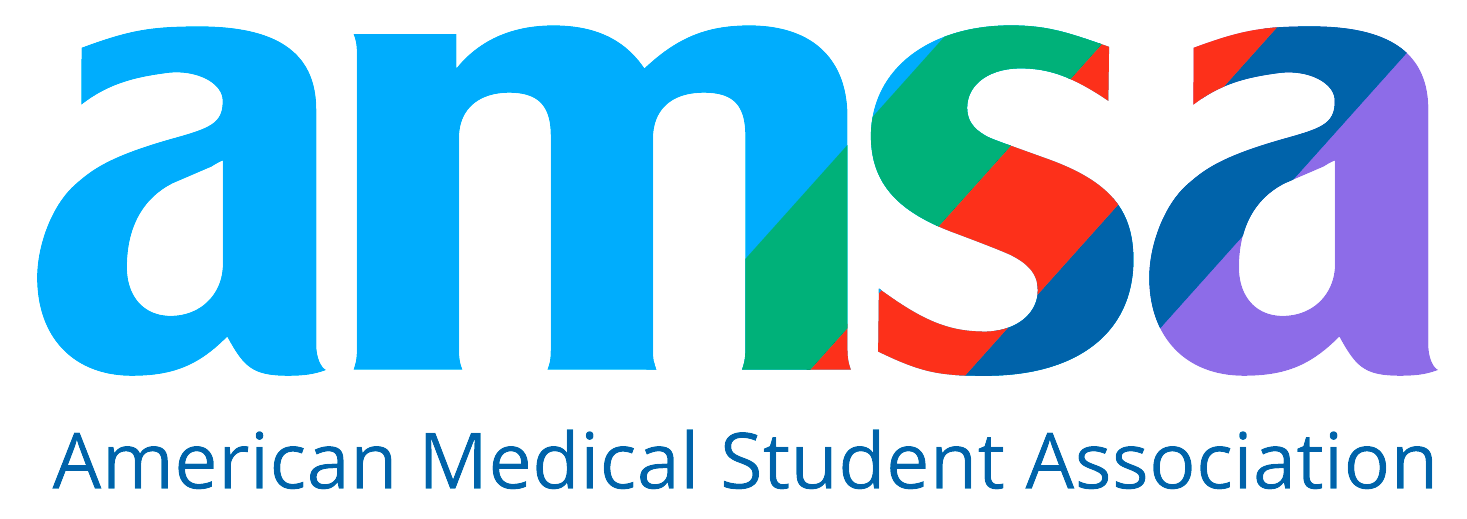Can Drinking More Water Help with Fibromyalgia? Science & Tips
Go-Elective Abroad
Can Drinking More Water Help with Fibromyalgia? Science & Tips
Understanding Fibromyalgia: A Complex Chronic Condition
Fibromyalgia is a long-term condition marked by widespread pain throughout the muscles and soft tissues. It’s often accompanied by chronic fatigue, sleep disturbances, mood instability, and difficulty with memory and focus — a symptom cluster commonly referred to as "fibro fog."
Researchers believe that fibromyalgia affects the brain and spinal cord by amplifying how the body processes pain signals, leading to heightened sensitivity. Despite decades of study, the exact cause remains unknown, and a cure has yet to be found.
According to the CDC, fibromyalgia affects around 4 million adults in the U.S., or about 2% of the population, with a higher prevalence among women.
Can Increased Hydration Help Alleviate Fibromyalgia Symptoms?
While no single treatment works for every patient, many individuals living with fibromyalgia report symptom relief through increased hydration. In fact, a data analysis by a crowdsourced medical platform indicated that nearly 80% of users found drinking more water helpful in managing their symptoms.
So how exactly does hydration play a role in fibromyalgia management — and how can patients implement it effectively?
Common Symptoms of Fibromyalgia
People living with fibromyalgia often experience the following:
-
Widespread Pain
Chronic, diffuse pain is the hallmark symptom. It typically affects both sides of the body and persists for three months or more.
-
Persistent Fatigue
Even after sleeping the recommended 7–8 hours, individuals report waking up feeling exhausted. Disrupted sleep due to pain or related conditions like sleep apnea and restless leg syndrome may be to blame.
-
Cognitive Difficulties ("Fibro Fog")
Short attention spans and memory lapses make it hard to stay focused or process information efficiently.
Possible Causes of Fibromyalgia
Though the root cause is unclear, the following factors are suspected:
-
Genetics
Fibromyalgia may run in families, suggesting a genetic component or mutation affecting pain sensitivity.
-
Infections
Certain illnesses are linked to the onset of fibromyalgia symptoms.
-
Physical or Emotional Trauma
Events like car accidents, abuse, or long-term stress may trigger the condition in some individuals.
-
Nervous System Dysregulation
Ongoing stimulation can lead to long-term changes in how pain is processed by the brain.
The Role of Hydration in Fibromyalgia Management
For many individuals with fibromyalgia, non-pharmacological approaches — such as hydration, exercise, acupuncture, and massage — offer supplemental relief without the side effects of medications.
Staying well-hydrated supports a range of vital functions, from joint lubrication to circulation and energy levels. And when the body is dehydrated, it may heighten sensations of pain, increase fatigue, and contribute to electrolyte imbalances — all of which can worsen fibromyalgia symptoms.
Electrolytes Matter Too
Hydration isn’t just about drinking water — maintaining electrolyte balance is just as important. Sodium, potassium, magnesium, and calcium help the muscles contract, transmit nerve signals, and maintain cellular health.
Many people living with fibromyalgia benefit from:
- Adding electrolyte-rich powders or tablets to their drinks
- Consuming magnesium-rich foods (leafy greens, nuts, seeds)
- Discussing personalized hydration plans with a physician or dietitian
How to Hydrate Effectively with Fibromyalgia
Hydration needs vary widely depending on body size, climate, and activity level. As a general guide:
- Women: At least 2.2 liters (9 cups) of fluids per day
- Men: At least 3 liters (13 cups) of fluids per day
But rather than counting glasses, aim for these practices:
-
Drink Water Consistently
Space your water intake throughout the day instead of drinking large amounts all at once.
-
Limit Caffeine and Alcohol
Both act as diuretics, increasing fluid loss and potentially depleting key minerals like magnesium.
-
Eat Hydrating Foods
Raw fruits and vegetables, such as cucumbers, celery, and watermelon, are water-rich and contain helpful micronutrients.
-
Try Alkaline Water
Some patients prefer alkaline water (pH ~9.5), though research is limited. Still, many find it easier on the stomach.
-
Track How You Feel
Keep a symptom journal to correlate hydration levels with pain, fatigue, or cognitive changes.
Complementary Therapies for Fibromyalgia Relief
While medications like antidepressants or anticonvulsants are commonly prescribed, many patients prefer to incorporate natural treatments into their wellness routines. These can include:
- Clinical acupuncture
- Gentle stretching or yoga
- Physical therapy
- Mindfulness and cognitive-behavioral therapy
When paired with proper hydration and nutrition, these strategies often yield more consistent results.
Final Thoughts: A Simple Step with Lasting Impact
Fibromyalgia may not yet have a cure, but symptom management is possible — and hydration is one of the most accessible ways to improve day-to-day well-being. Whether you’re dealing with a recent diagnosis or supporting a loved one, drinking enough water, balancing electrolytes, and choosing nutrient-dense foods can be powerful steps toward relief.
If you're interested in exploring global health, nutrition, or chronic illness management in real-world settings, Go Elective offers students and aspiring healthcare professionals a chance to shadow medical teams in East Africa and observe patient care firsthand. Many participants gain valuable insights into managing chronic pain and low-resource healthcare challenges — experience that deepens both empathy and clinical skill.
Learn more about our medical internships and shadowing programs in Kenya and Tanzania at goelective.com/healthcare.
Article Details
Categories
Recent Articles , Pre-health, Medical Electives, Nursing Internships, PA Internships, Residency,
Author: Go-Elective Abroad
Date Published: Sep 7, 2025
Travel with us.
Inquire Today!
Go Elective offers immersive opportunities for medical students, pre-med undergraduates, residents, nursing practitioners, and PAs to gain guided invaluable experience in busy hospitals abroad. Discover the power of study, travel, and impact.






